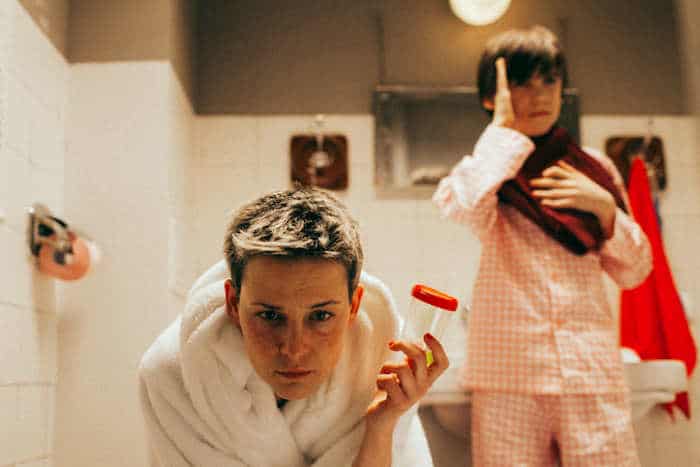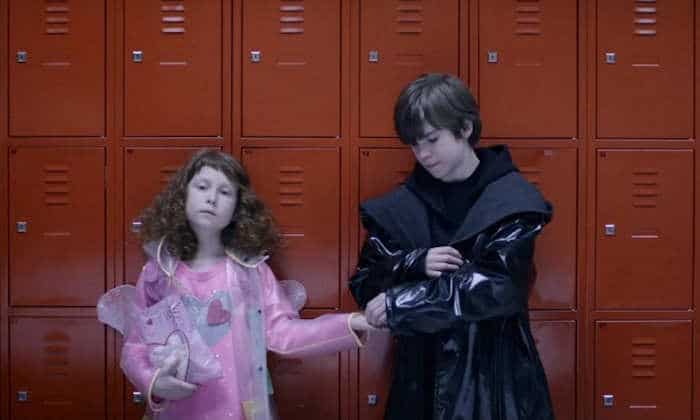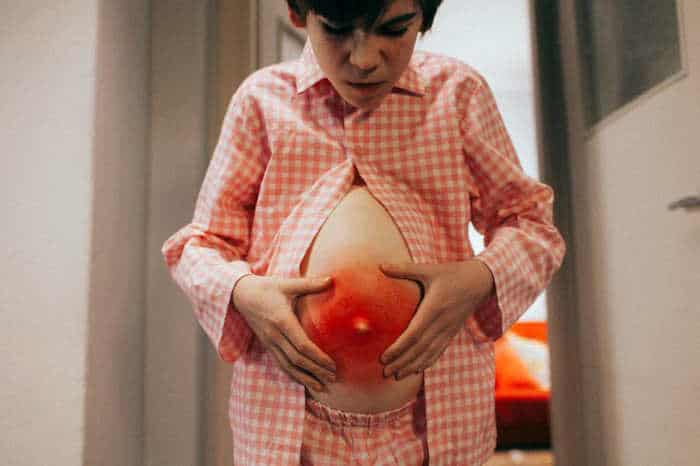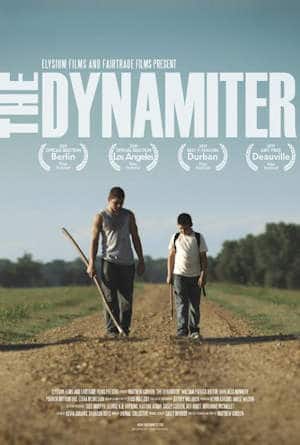 A comment by Robert Duvall on the Facebook page of The Dynamiter (also known as Summer Time) persuaded me to watch the film.
A comment by Robert Duvall on the Facebook page of The Dynamiter (also known as Summer Time) persuaded me to watch the film.
Duvall said:
“…It was a film where they just took kids off the street. It wasn’t amateur, but it was very rudimentary.”
Two nights later, Duvall saw the original Bonnie and Clyde and couldn’t stand it. He said it was fraudulent, compared to this little teeny movie. That statement of comparison between the two titles convinced me to watch the film for myself.
The Dynamiter is the story of a 15-year-old boy Robbie Hendrick (played by William Ruffin) who lives in a dilapidated house 22 miles outside the town of Greensville, Mississippi, without parents, without means and without hope.
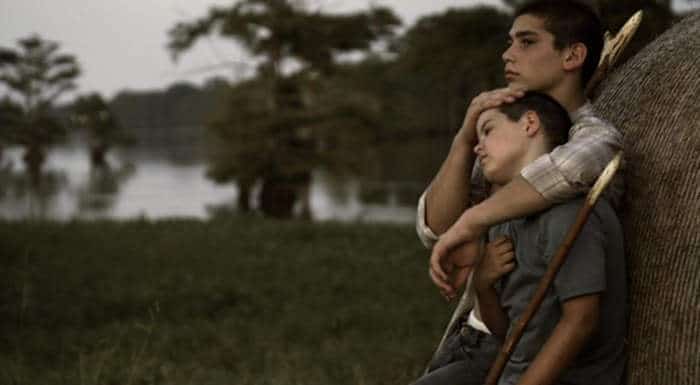
Robbie’s grandmother (Ciara McMillian) (who doesn’t speak) and his half-brother Fess Hendrick (John Alex Nunnery), live in the house with him, and his older brother Lucas Hendrick (Patrick Rutherford) appears out of nowhere for a visit. Fess, who is still a child, is looked after by Robbie with great care and affection while Lucas and the grandmother have a free ride. Robbie alone labors on and sometimes commits petty crimes for money to be able to afford a few luxuries that many take for granted, such as celebrating one’s own birthday. In a family situation like that, one can only wonder how Robbie keeps going. Maybe it’s the letters he receives from his mother on occasion that makes him believe she might return. Maybe he still believes in himself even though he lives in a town where a name is just a name and no one seems to have an identity.
The Dynamiter Trailer
http://youtu.be/vDB__uz7ZOk
With the motivation, opportunity and means to make a change, Robbie must choose between self-preservation and responsibility.
The movie has a distinctive rural feel to it and one becomes acutely aware of the heat and humidity associated with summertime near the Mississippi river. You can almost feel and smell the heat. The lighting and camera work deserve a special mention. Even though the film was intended to be shot documentary style with a single hand-held camera, the scenes were coherent and well thought out.
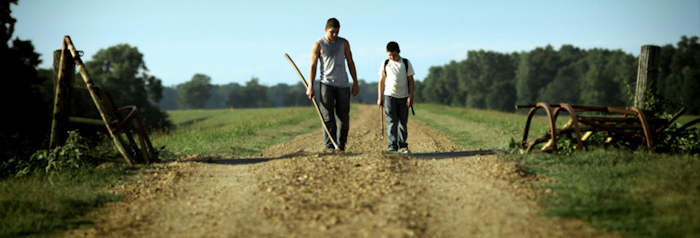
There is no doubt that The Dynamiter was fueled by passion and enthusiasm considering it had a budget of $250,000. The actors and many of the crew worked for free, and all the locations were donated. The director, Matthew Gordon, and the screenwriter, Brad Ingelsby, did an excellent job, as did everyone else associated with the film for that matter.
I felt that the scenes involving bullies were unnecessary and too much of a cliché, but I must say I appreciated the absence of the railway-line-scene that appears in too many Coming-of-Age dramas.

The cinematography and setting create a relaxed atmosphere despite the poverty and suffering portrayed in the film. I never felt lost in hopelessness. Robbie Hendrick personifies the famous English expression:
“When the going gets tough, the tough get going”
– meaning when the situation becomes difficult, the strong will work harder to meet the challenge. There is a lesson in that.
The Dynamiter is a Coming-of-Age drama about brotherhood and spiritual leadership creating hope out of hopelessness and I urge you to see it.
http://www.imdb.com/title/tt1738366/combined
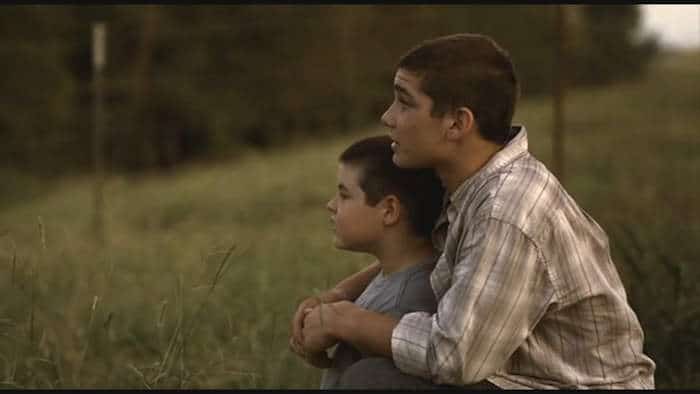
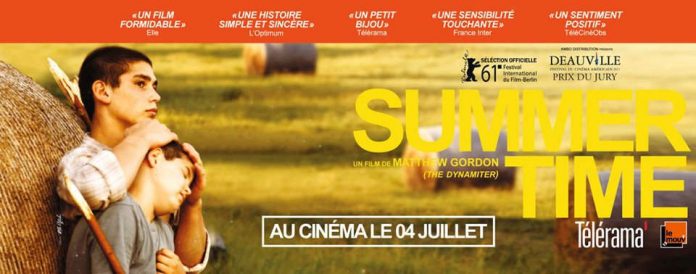
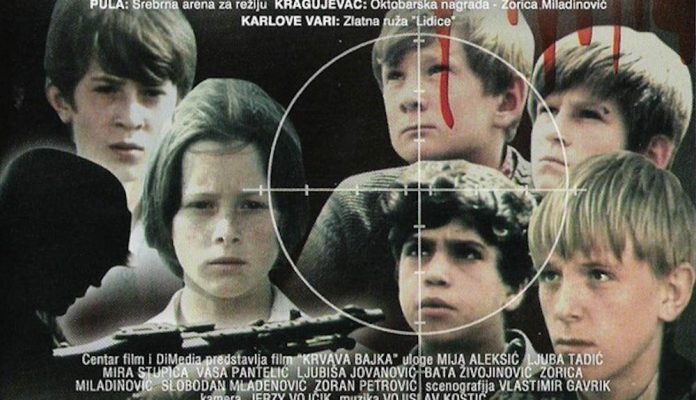
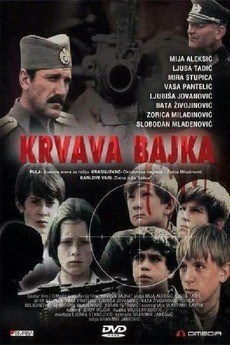 The poster artwork of the 1969 Yugoslavian film A Bloody Tale (Original title: Krvava bajka) doesn’t leave much room for interpretation, nor does its title. It’s a film dedicated to the memory of people subjugated to massacre and, as such, it is extremely hard to watch –especially because the story is told from the view point of children.
The poster artwork of the 1969 Yugoslavian film A Bloody Tale (Original title: Krvava bajka) doesn’t leave much room for interpretation, nor does its title. It’s a film dedicated to the memory of people subjugated to massacre and, as such, it is extremely hard to watch –especially because the story is told from the view point of children.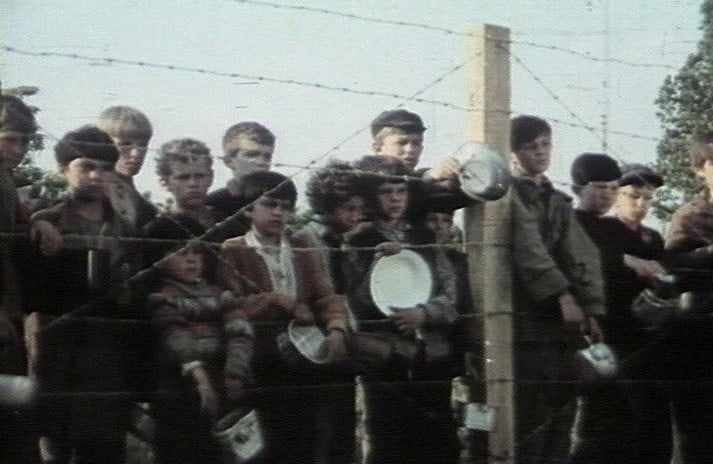
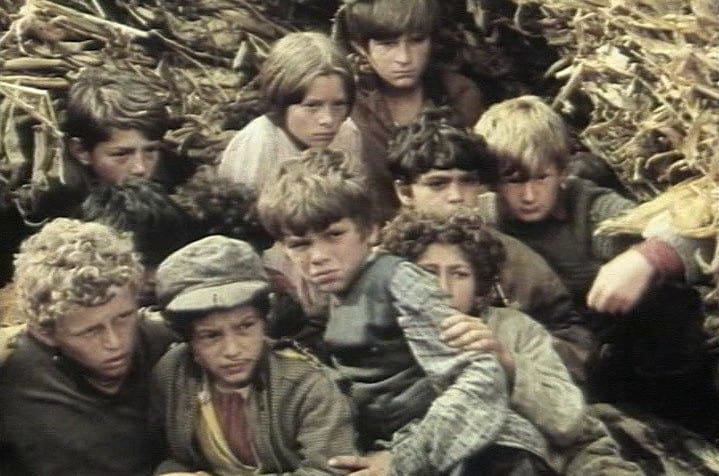
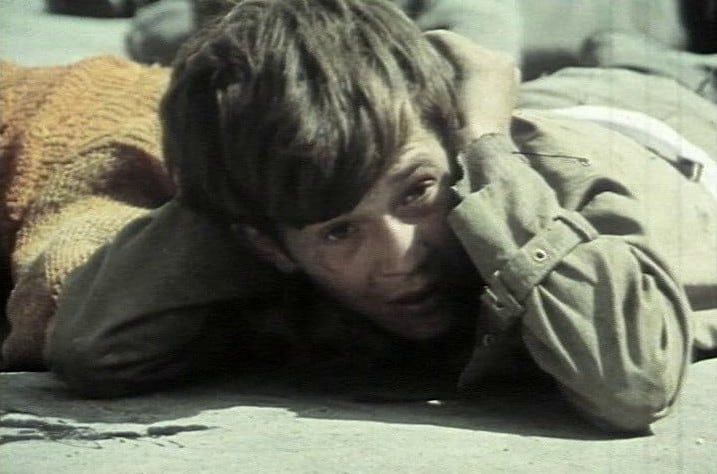
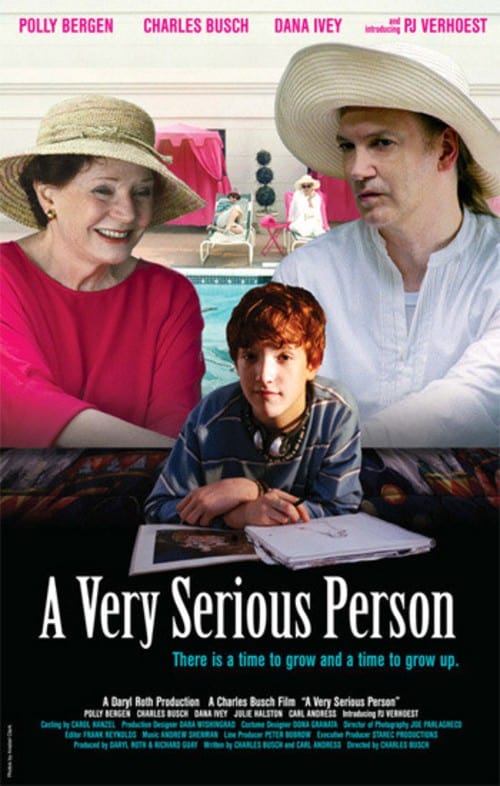
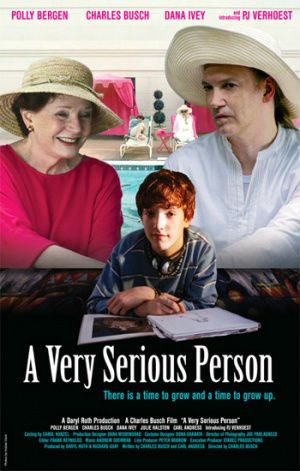 Gil, a 13-year-old boy (played by P.J. Verhoest) and his grandmother Mrs. A (Polly Bergen), are traveling to their summerhouse in Manhattan New York, while the housekeeper Betty (Dana Ivey), prepares the house for their arrival.
Gil, a 13-year-old boy (played by P.J. Verhoest) and his grandmother Mrs. A (Polly Bergen), are traveling to their summerhouse in Manhattan New York, while the housekeeper Betty (Dana Ivey), prepares the house for their arrival.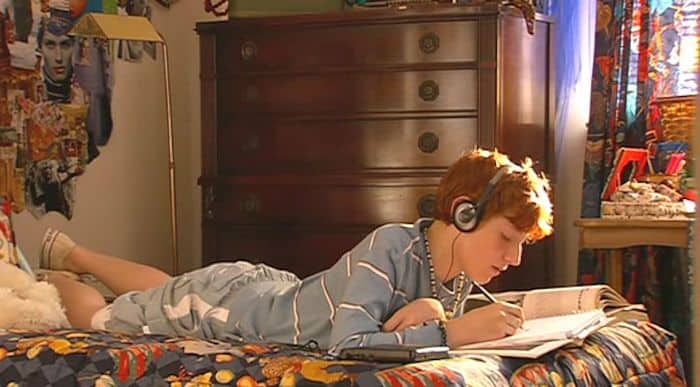
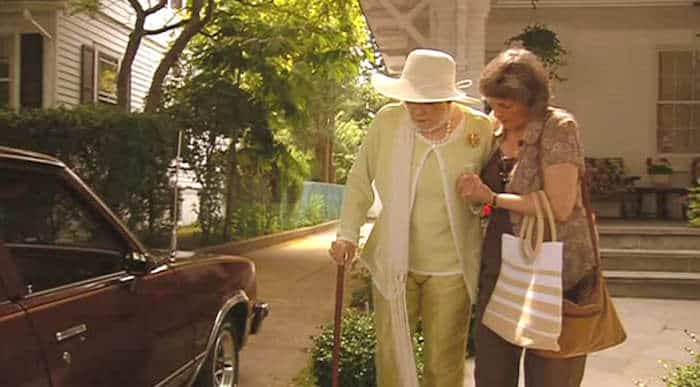

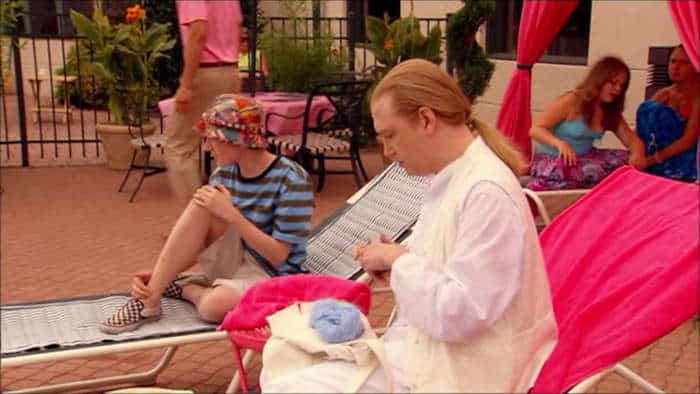
 Hanging out with friends during those long summer days with nothing to do but pass the time of day, has got to be a universal growing up experience – significant in its insignificance. Writer/Director Julien Paolini decided to use that experience as the premise for his 2011 short film Boredom Killer (original title Tuer l’ennui).
Hanging out with friends during those long summer days with nothing to do but pass the time of day, has got to be a universal growing up experience – significant in its insignificance. Writer/Director Julien Paolini decided to use that experience as the premise for his 2011 short film Boredom Killer (original title Tuer l’ennui).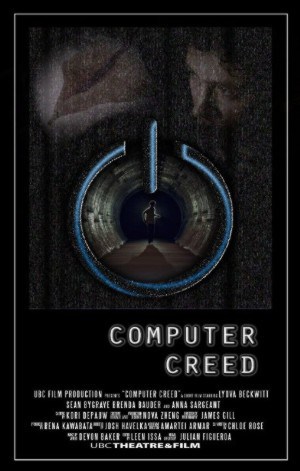 In this day and age, when many of us are glued to screens of various dimensions, we consume content – a lot of content — that informs, misinforms or to simply entertains us. But where is all this digital addiction going to lead us?
In this day and age, when many of us are glued to screens of various dimensions, we consume content – a lot of content — that informs, misinforms or to simply entertains us. But where is all this digital addiction going to lead us?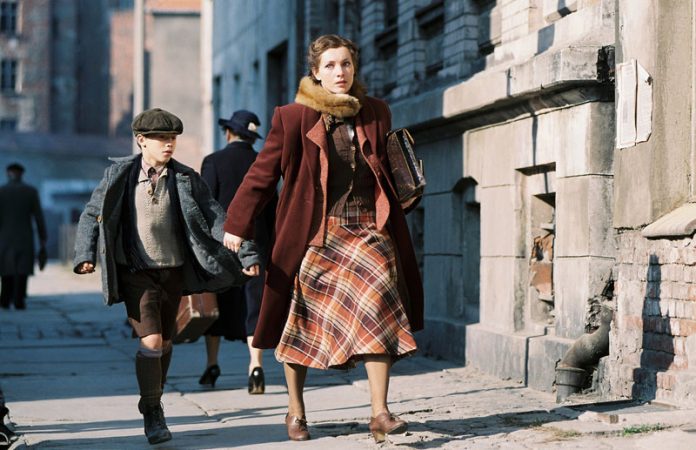
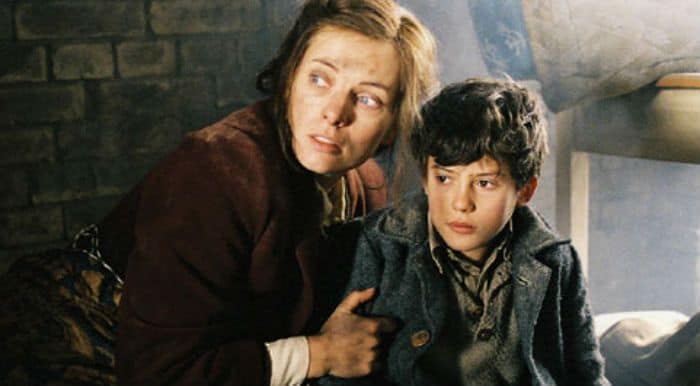
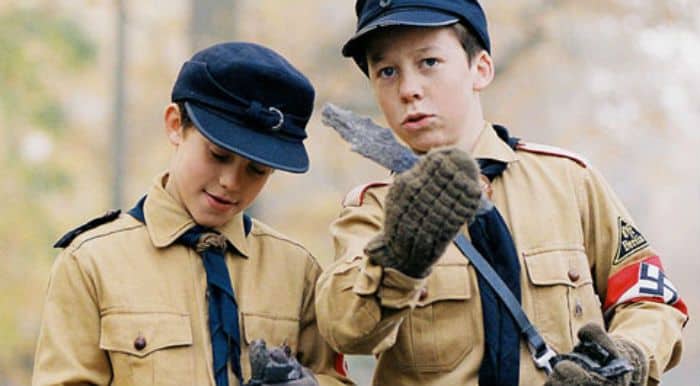
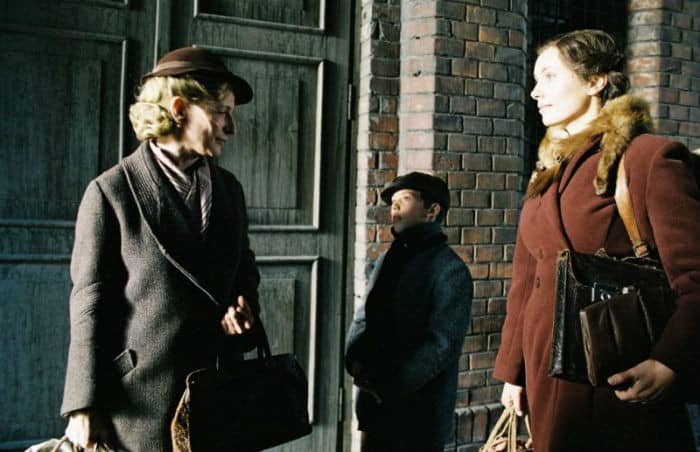 The fact that Not All Were Murderers is a made-for-TV movie doesn’t mar the result. The quality of the sets and costumes is sufficiently convincing, although they are likely to be responsible for some serious issues the film has with the passage of time concept. The issue doesn’t become apparent until the last scenes when, in conjunction with the seemingly rushed ending, they ruined the whole effect the film is supposed to have on its viewers. For this reason alone, it’s probably better to pick up the book on which the film is based, or another film with more consistently told story such as
The fact that Not All Were Murderers is a made-for-TV movie doesn’t mar the result. The quality of the sets and costumes is sufficiently convincing, although they are likely to be responsible for some serious issues the film has with the passage of time concept. The issue doesn’t become apparent until the last scenes when, in conjunction with the seemingly rushed ending, they ruined the whole effect the film is supposed to have on its viewers. For this reason alone, it’s probably better to pick up the book on which the film is based, or another film with more consistently told story such as 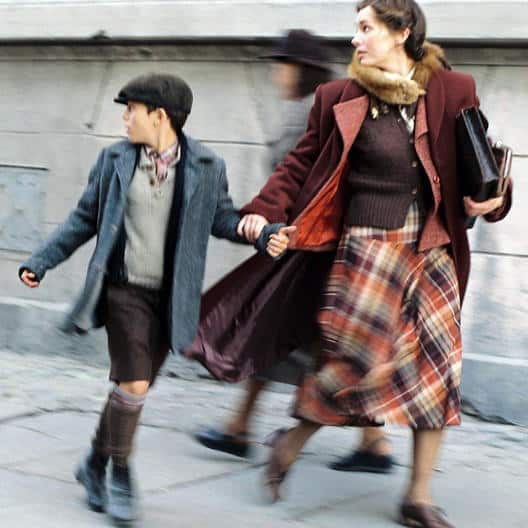
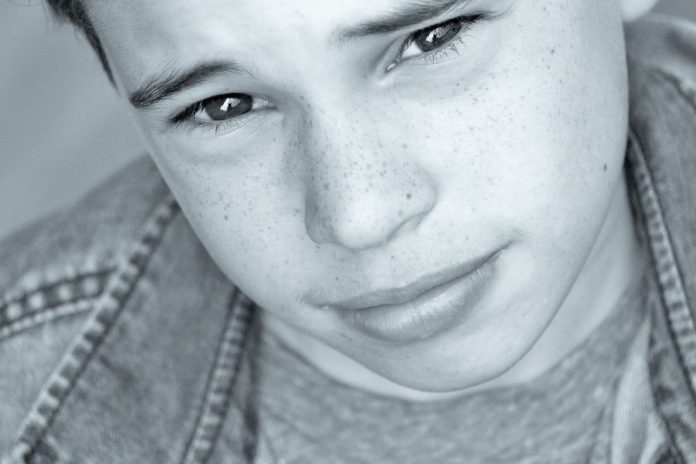
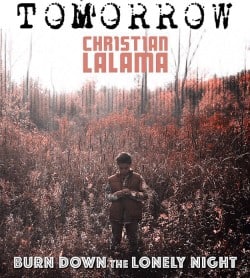 His latest YouTube upload (109K views in four days!) is Burn Down the Lonely Night, a haunting, plaintiff tune that I had trouble understanding. This song is apparently written by his brother and set to the backdrop of beautiful, early autumn foliage. But what makes this so dramatic?
His latest YouTube upload (109K views in four days!) is Burn Down the Lonely Night, a haunting, plaintiff tune that I had trouble understanding. This song is apparently written by his brother and set to the backdrop of beautiful, early autumn foliage. But what makes this so dramatic?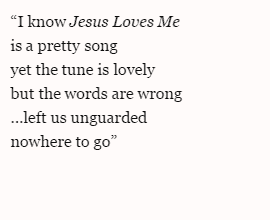 Christian is playing a small wooden piano in a field, but the sound is similar to a church organ. This creates a kind of contrast between reverence for Nature, and a vision of faith.
Christian is playing a small wooden piano in a field, but the sound is similar to a church organ. This creates a kind of contrast between reverence for Nature, and a vision of faith.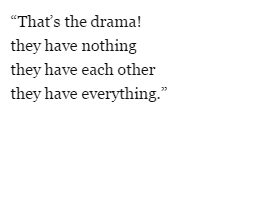 The song touches on the loss of innocence, young love and finding redemption and value in a lover.
The song touches on the loss of innocence, young love and finding redemption and value in a lover.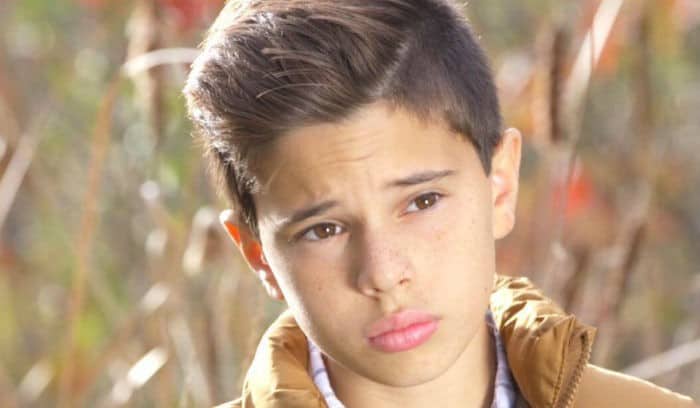

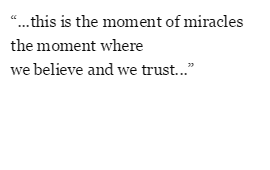 Eleven is a brilliant little creation, very inventive, as we see Christian at a blackboard writing outlines: 1+1 is not 11, it’s a bumpy beat song with many word/number inventions. 1derful, 2gether for example. It is playful and dreamy and visually fun.
Eleven is a brilliant little creation, very inventive, as we see Christian at a blackboard writing outlines: 1+1 is not 11, it’s a bumpy beat song with many word/number inventions. 1derful, 2gether for example. It is playful and dreamy and visually fun.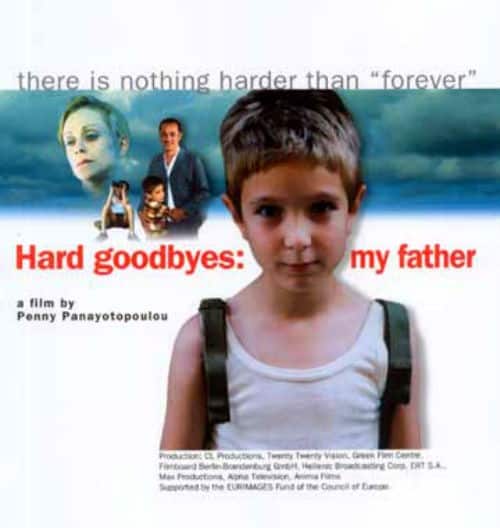
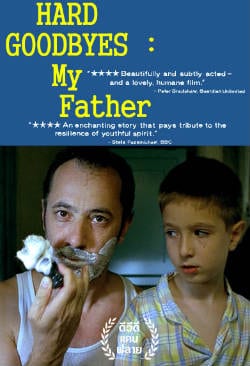 I haven’t seen that many Coming-of-Age films from Greece. Aside from
I haven’t seen that many Coming-of-Age films from Greece. Aside from 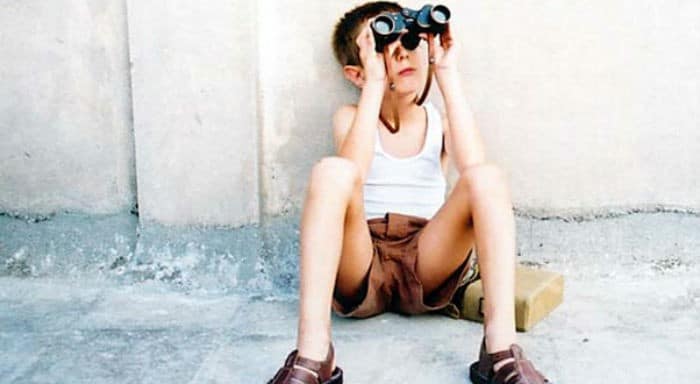
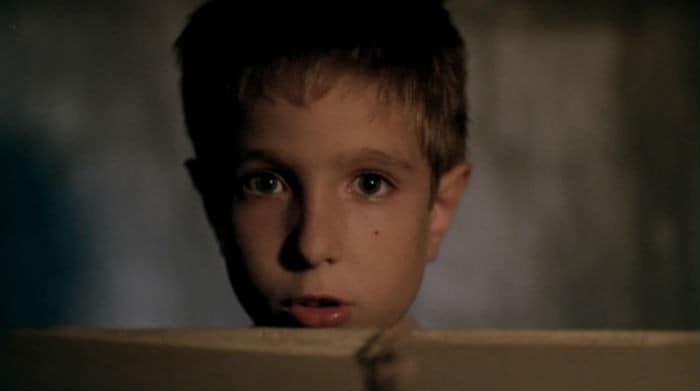
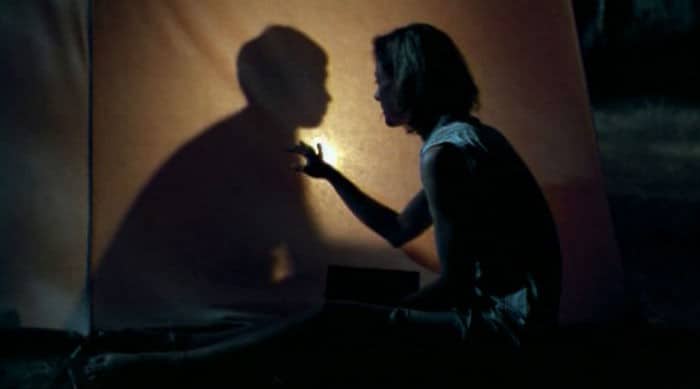
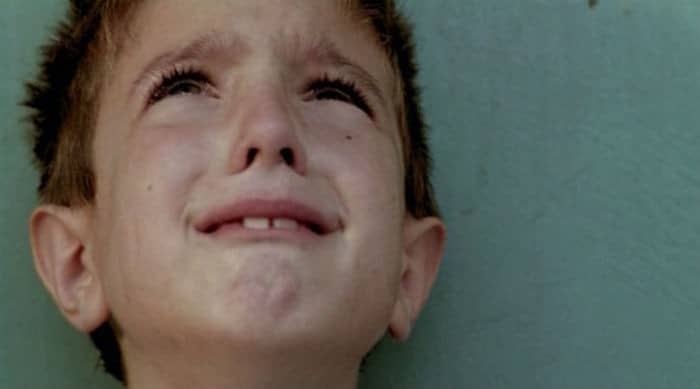
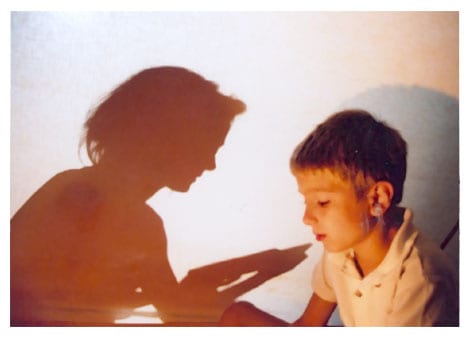


 In introducing Ty to the readers of theskykid.com, I want to emphasize that this boy is developing a fine ability to perform and interpret, but it is truly in an early stage.
In introducing Ty to the readers of theskykid.com, I want to emphasize that this boy is developing a fine ability to perform and interpret, but it is truly in an early stage. These are but a few examples of this 15-year old’s online repertoire. You can explore more on his sites. To his management, I would recommend investing in some pro videos of him. His voice right now has a smokey adolescent charm and that should be captured before it changes. I would be pleased to see new quality videos of him, and I hope he continues to gather experience by singing to live audiences.
These are but a few examples of this 15-year old’s online repertoire. You can explore more on his sites. To his management, I would recommend investing in some pro videos of him. His voice right now has a smokey adolescent charm and that should be captured before it changes. I would be pleased to see new quality videos of him, and I hope he continues to gather experience by singing to live audiences.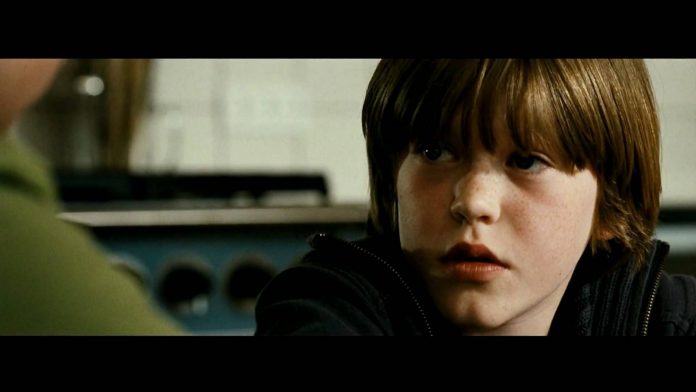
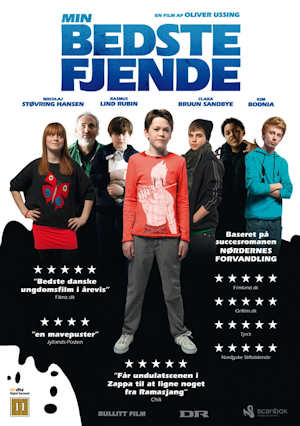 Relevant enough in real life and significantly important,
Relevant enough in real life and significantly important, 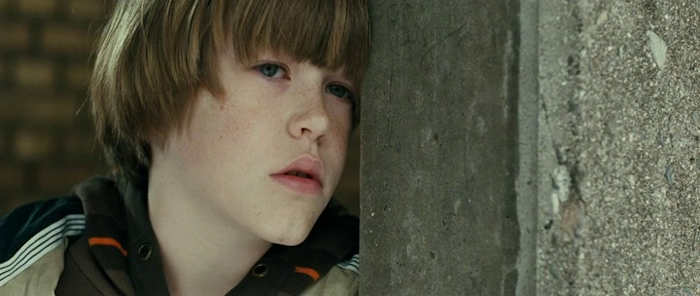
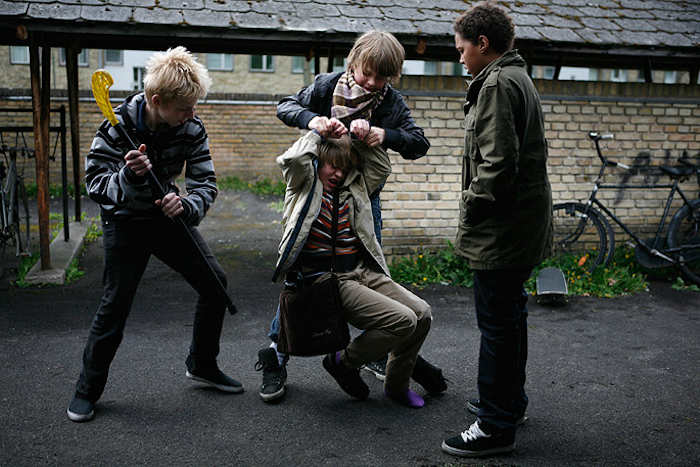
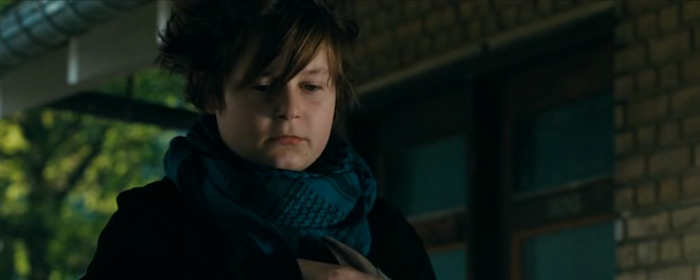 Of course, that would not be as effective if it were not for the film’s cast and especially Rasmus Lind Rubin and Nikolaj Støvring Hansen – both of whom emit tenderness and innocence. Both have memorable features, and one can closely follow the changes that occur in their inner worlds just by observing their facial expressions and mannerisms. This allows for a level of identification with the characters and, consequently, eases the reflections on one’s own life. In my case, I was bullied for being a fan of the music band Hanson as a kid (unconventional for a boy, according to some). But I am glad I never resorted to some of the life choices that Alf and Toke chose or were forced into.
Of course, that would not be as effective if it were not for the film’s cast and especially Rasmus Lind Rubin and Nikolaj Støvring Hansen – both of whom emit tenderness and innocence. Both have memorable features, and one can closely follow the changes that occur in their inner worlds just by observing their facial expressions and mannerisms. This allows for a level of identification with the characters and, consequently, eases the reflections on one’s own life. In my case, I was bullied for being a fan of the music band Hanson as a kid (unconventional for a boy, according to some). But I am glad I never resorted to some of the life choices that Alf and Toke chose or were forced into.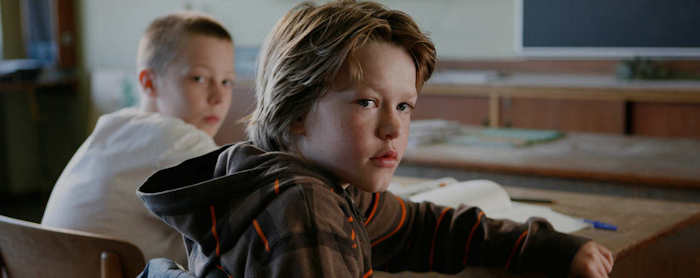 The soundtrack is modern and upbeat and helps the dynamic of the action — not that the dynamic needed much help. The action is intense from the very first scene. After that, the viewer is thrown straight into the action, and thereafter the film does a great job in holding one’s attention for its entire duration.
The soundtrack is modern and upbeat and helps the dynamic of the action — not that the dynamic needed much help. The action is intense from the very first scene. After that, the viewer is thrown straight into the action, and thereafter the film does a great job in holding one’s attention for its entire duration.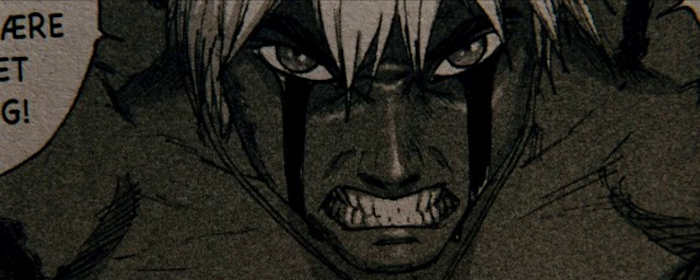
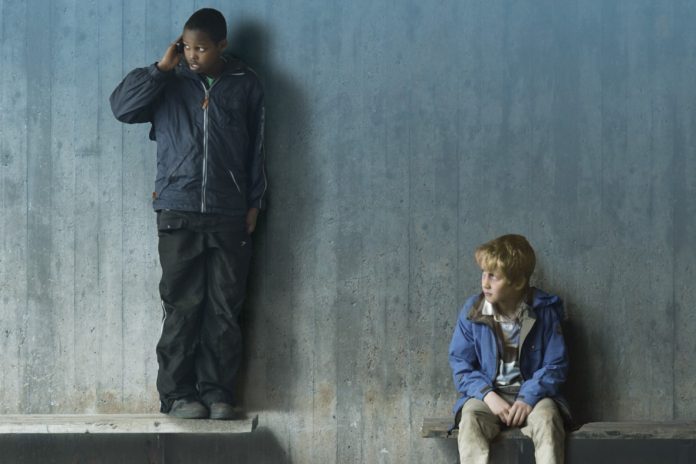
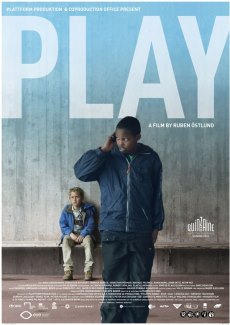
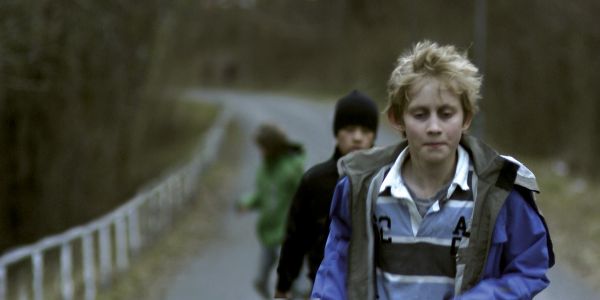
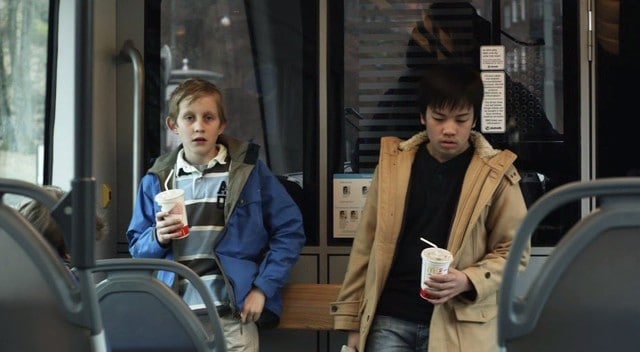 Most of the adults in the film choose to ignore the scenes they witness or choose not to intervene. While watching the scenes, I was put in a similar position. On the one side I felt like I should intervene (an impossible thing for someone who is only watching a film). Yet, at the same time, I felt equally intimidated as the young victims in the film. That passive reluctance was typical for the adults I observed on the screen.
Most of the adults in the film choose to ignore the scenes they witness or choose not to intervene. While watching the scenes, I was put in a similar position. On the one side I felt like I should intervene (an impossible thing for someone who is only watching a film). Yet, at the same time, I felt equally intimidated as the young victims in the film. That passive reluctance was typical for the adults I observed on the screen.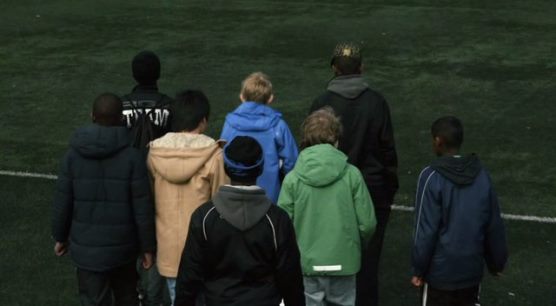
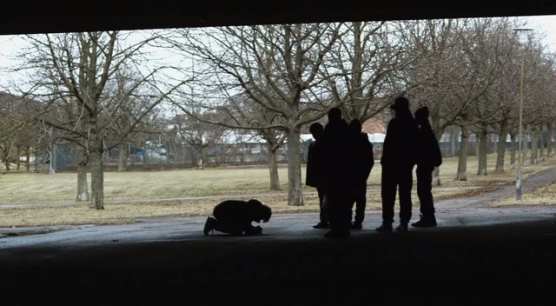
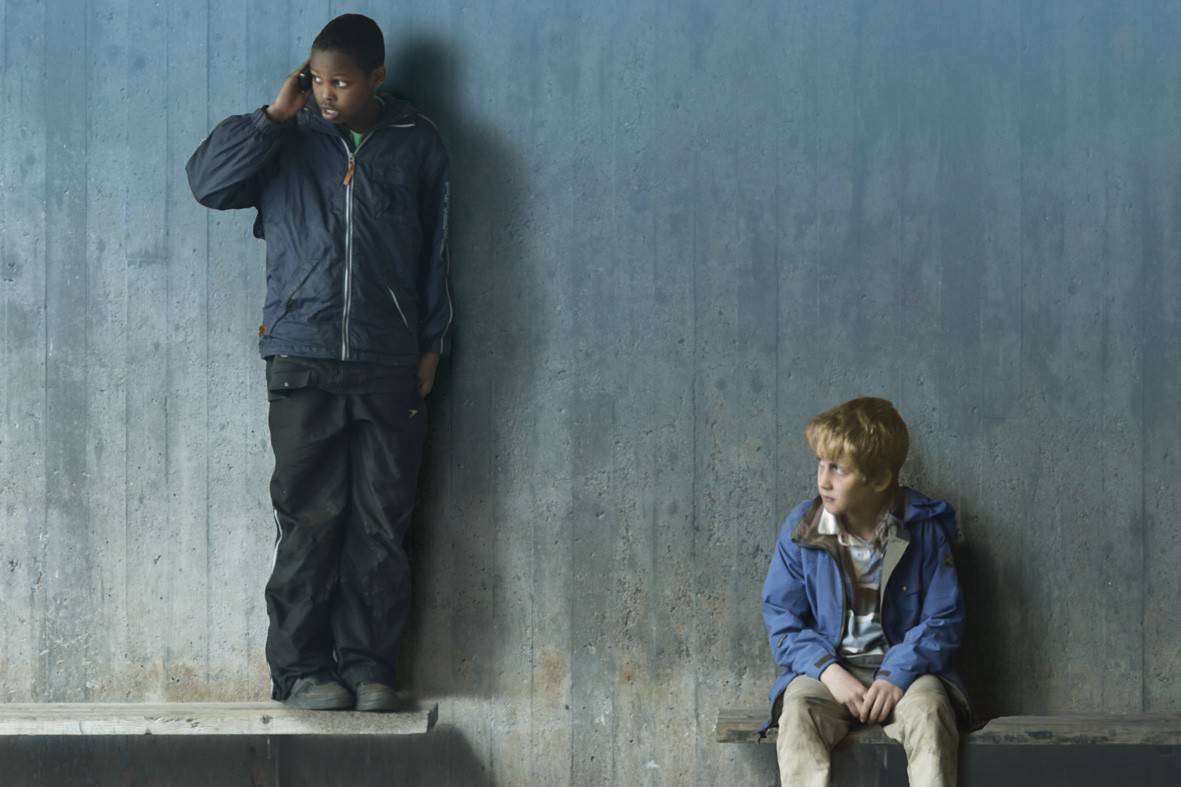
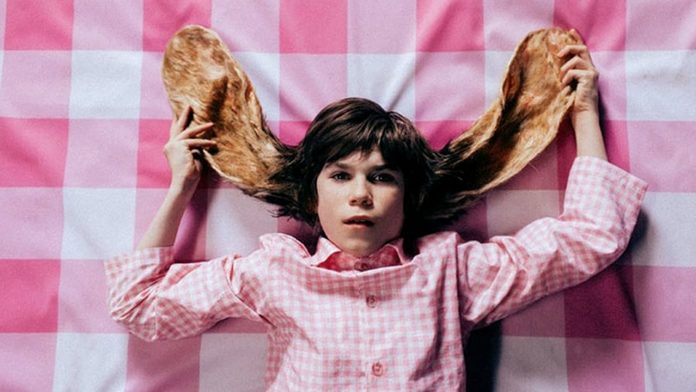
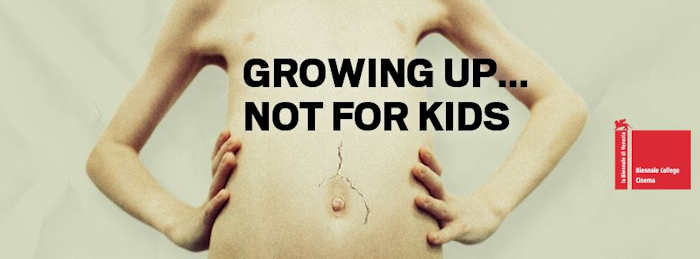 Reviewing Art-House cinema is not my vocation, even the art-house films that arguably belong to the Coming-of-Age genre. Yet I have attempted it before, with Terry Gilliam‘s bizarre short
Reviewing Art-House cinema is not my vocation, even the art-house films that arguably belong to the Coming-of-Age genre. Yet I have attempted it before, with Terry Gilliam‘s bizarre short 
